
Why Is Electromagnetic Compatibility So Important for Electric Bikes?
As urban traffic congestion continues to worsen, electric bikes have quickly become a go-to solution for short-distance commuting. Their eco-friendly, convenient, and cost-effective nature makes them especially appealing in busy city environments. But as the technology behind electric bikes evolves, one often-overlooked yet critical issue is gaining attention—electromagnetic compatibility, or EMC.
Why does EMC matter so much for electric bikes? How does it affect ride safety and system reliability? In this article, we’ll break it down in a clear and simple way to help electric bike users and enthusiasts understand why EMC is more than just a technical detail.
What Is Electromagnetic Compatibility (EMC)?
Electromagnetic compatibility refers to a device's ability to operate properly in its electromagnetic environment without causing or suffering from unacceptable electromagnetic interference.
In plain terms, it means the system must do two things well:
-
Resist external interference (immunity)
-
Avoid emitting excessive electromagnetic noise (emissions)
Electric bikes combine motors, batteries, controllers, displays, and various sensors into a single system. Each of these components produces electromagnetic radiation when running—and each is also vulnerable to interference from outside sources. That makes EMC a key factor in overall system stability.
Main Sources of EMC Issues in Electric Bikes
-
Motor System: Brushless DC motors use electronic controllers to switch currents. This process creates high-frequency electrical noise that can interfere with nearby electronics.
-
Power Electronics: Components like MOSFETs and IGBTs in the controller switch at high speed. This switching creates strong electromagnetic interference (EMI).
-
Charging System: Chargers generate both conducted and radiated interference while operating, potentially affecting nearby devices.
-
Wireless Modules: Features like Bluetooth, GPS, or cellular modules are now common on electric bikes. These systems can both emit interference and be affected by it.
-
Sensor Systems: Devices like torque sensors and speed sensors operate on low-voltage signals. They are highly sensitive to outside electromagnetic noise.
What Happens When an Electric Bike Has Poor EMC?
Electromagnetic compatibility isn’t just a technical detail—it plays a crucial role in the overall safety, performance, and reliability of an electric bike. When EMC performance is poor, problems can appear across multiple levels:
Safety Risks
-
Motor Malfunctions: Interference with the controller may cause the motor to accelerate unintentionally or fail to brake.
-
Battery Hazards: The battery management system (BMS) may misread charging states, which can lead to overcharging, over-discharging, or even fire risk.
-
Misleading Displays: Errors on the display could give false speed or battery data, leading to poor decision-making while riding.
Performance Issues
Inconsistent electromagnetic behavior can affect how smoothly the system runs:
-
Unstable Motor Behavior: Riders may experience sudden jerks or uneven acceleration.
-
Reduced Range: Interference may disrupt power management, causing unexpectedly short battery life.
-
Sensor Inaccuracy: Torque or speed sensors may send distorted signals, making pedal assist less accurate or even unreliable.
Interference with External Devices
Electric bikes don’t exist in isolation—they share environments with many other electronic systems:
-
Public Equipment: Emissions from the bike may disrupt traffic lights or roadside electronics.
-
Wireless Interference: Bluetooth or Wi-Fi signals may suffer in crowded areas.
-
Medical Device Risk: Electromagnetic interference could affect sensitive devices like pacemakers if they are too close to the bike’s systems.
Legal and Compliance Risks
Failing to meet EMC standards can result in legal consequences and loss of market access:
-
Product Recalls or Bans: Non-compliance with EMC regulations in countries like the U.S. or EU can lead to enforcement actions.
-
Reputational Damage: Reliability issues and safety concerns can damage consumer trust and reduce competitiveness.
Global EMC Regulations for Electric Bikes
To address these risks, many countries enforce strict EMC standards for electric bikes. Here are a few key examples:
European Union
EN 15194 outlines EMC requirements for electric pedal-assisted bikes, covering:
-
EN 55014 – Emission limits
-
EN 61000-6-1 – General immunity requirements
-
EN 61000-6-3 – General emission requirements
United States
FCC Part 15 Subpart B regulates unintentional electromagnetic emissions from digital devices, including components in electric bikes.
China
The GB/T 17799 series defines EMC performance standards specific to electric bike systems.
These standards not only limit how much interference a device can emit but also ensure that it can resist interference from its environment. This dual focus helps guarantee consistent performance under real-world conditions.
Key EMC Considerations in Electric Bike Design
Designing an electric bike that meets electromagnetic compatibility (EMC) requirements involves more than just compliance testing—it starts at the core of product development. A well-engineered electric bike must address EMC challenges across multiple design layers:
System Architecture
At the foundational level, the system layout plays a critical role in minimizing interference:
-
Logical Partitioning: Group electronic subsystems according to function, keeping noise-generating circuits away from sensitive components.
-
Physical Isolation: Separate high-power circuits (like the motor drive) from low-voltage signal paths (such as sensors and displays).
-
Grounding Strategy: Implement a well-structured grounding scheme for the entire bike to control return paths and reduce noise coupling.
Circuit Design
Careful circuit-level design helps limit the creation and spread of electromagnetic interference:
-
Optimized Switching Control: Use proper gate resistors and soft-switching techniques to reduce voltage spikes and current ringing.
-
Power Filtering: Incorporate LC filters and common-mode chokes to suppress conducted noise from power lines.
-
Signal Integrity: Maintain impedance matching and use shielding where needed to protect data signals from distortion.
Component Selection
The right components make a significant difference in both emission levels and immunity:
-
Low-EMI Power Devices: Choose switching components that generate less noise during operation.
-
Quality Ferrite Beads and Capacitors: Use reliable filtering components to suppress high-frequency noise.
-
Shielded Connectors: Opt for connectors with strong EMI shielding to prevent signal leakage and external interference.
PCB Design
Printed circuit board (PCB) layout directly affects EMC performance and should follow these best practices:
-
Multilayer Stackup: Use dedicated power and ground planes to improve signal return paths and reduce loop areas.
-
Smart Routing: Keep high-speed or high-current signal lines short, direct, and well-separated from sensitive traces.
-
Copper Pour and Vias: Apply proper copper fills and controlled via placements to support thermal management and EMC control.
Shielding and Filtering Techniques
Physical shielding and interface filtering are often the final layers of EMC protection:
-
Cable Shielding: Use braided or foil shielding on power and signal cables to block radiated emissions.
-
Connector Filters: Integrate feedthrough filters and EMI-filtered connectors to suppress conducted noise.
-
Shielded Enclosures: Cover key components, such as electric bike controllers or wireless modules, with metal shielding to contain emissions.

Real-World Case Studies: EMC Failures in Electric Bikes
Understanding electromagnetic compatibility becomes much clearer when we look at real-world failures. Here are three actual cases where EMC issues impacted electric bike performance—and how they were solved:
Case 1: Motor Interference Caused Unstable Pedal Assist
A well-known electric bike brand received complaints about inconsistent pedal assist. After investigation, engineers discovered that high-frequency noise from the motor was coupling through the power line into the controller’s microcontroller (MCU), causing errors in speed signal detection.
Solution: The team added ferrite cores to the motor power lines and optimized PCB layout to minimize interference.
Case 2: Charger Interference Disrupted Bluetooth Connection
Solution: Engineers added a π-type filter circuit to the charger’s output, which resolved the signal disruption.
Case 3: External Interference Triggered Unexpected Acceleration
During an accident investigation, it was found that an electric bike suddenly accelerated while passing under high-voltage power lines. The strong electromagnetic field had interfered with the Hall sensor signal wires.
Solution: The design was improved by using shielded twisted-pair wires and applying software-based signal filtering algorithms.
How Can Consumers Spot an Electric Bike with Good EMC Design?
Not every EMC problem is visible—but there are several clues that can help consumers make smarter choices when buying an electric bike:
Check for Certification Labels
Look for valid EMC certifications like CE or FCC. These marks indicate that the product has passed compliance testing for emissions and immunity.
Trust in Brand Reputation
Established brands typically invest more in EMC testing and design. They are more likely to meet international standards and offer stable, reliable products.
Evaluate the User Experience
-
Even without tools or testing equipment, users can often detect signs of poor EMC:
-
Unstable wireless connections (Bluetooth or app syncing)
-
Malfunctions in high-interference zones, such as near power substations or large transformers
-
Disturbances to nearby electronics while charging (e.g., flickering lights, speaker noise)
Look for Thoughtful Design Details
Certain hardware choices can indicate better EMC engineering:
-
Neatly routed cables with shielding in place
-
Metal shielding cases on major electronic components
-
High-quality connectors that prevent leakage and interference
Future Trends in eBike EMC Design
As electric bike technology advances, EMC design will evolve to meet new challenges. The following trends are likely to shape the future of eBike EMC:
-
Stricter Regulations As eBike power and market penetration increase, EMC regulations will become even more stringent. Governments are likely to enforce more robust compliance standards to ensure safety and minimize interference.
-
Application of New Materials Innovative materials such as nanomaterials and magnetic composites will play an important role in optimizing EMC performance. These materials are expected to enhance shielding, reduce emissions, and improve overall system stability.
-
Smart EMC Management The future will see the integration of real-time electromagnetic environment monitoring. With dynamic adjustments to system parameters, electric bikes will be able to self-regulate and adapt to their surroundings to maintain optimal performance.
-
Wireless Charging Technology The rise of wireless charging will introduce new challenges for EMC design. Ensuring that these systems don’t interfere with the bike’s components or surrounding devices will require advanced solutions.
-
Vehicle-to-Everything (V2X) Integration As eBikes become more integrated into the broader Internet of Things (IoT), V2X (Vehicle-to-Everything) communication will require even more sophisticated EMC solutions. This will ensure seamless, interference-free communication between vehicles, infrastructure, and other connected systems.
Conclusion
While electromagnetic compatibility may seem like a highly technical field, it has a direct impact on the safety, reliability, and user experience of electric bikes. As the technology behind eBikes continues to advance and smart features become more prevalent, EMC issues will grow in complexity and importance.
When purchasing an eBike, consumers should consider not only key parameters like battery range and motor power but also the product’s EMC performance. Opting for bikes that have passed rigorous certification tests ensures better safety and reliability.









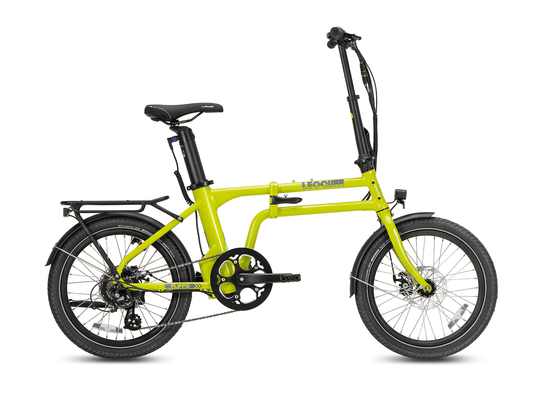

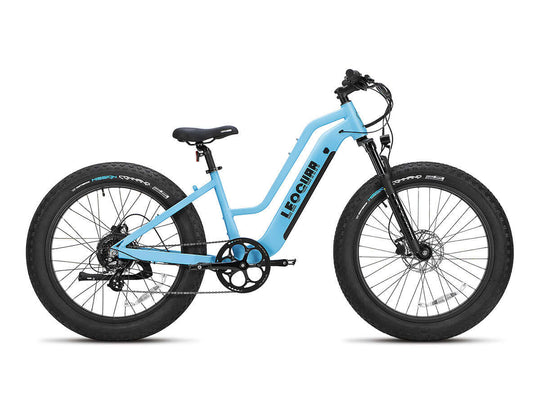



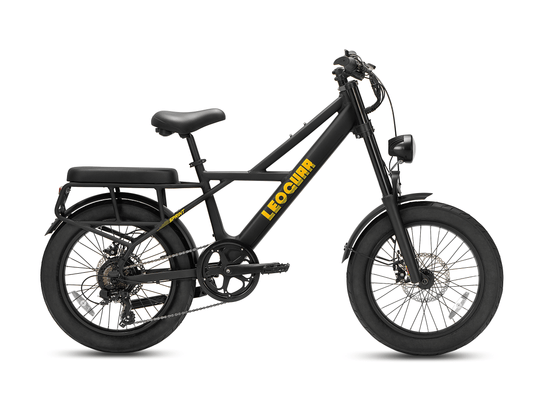

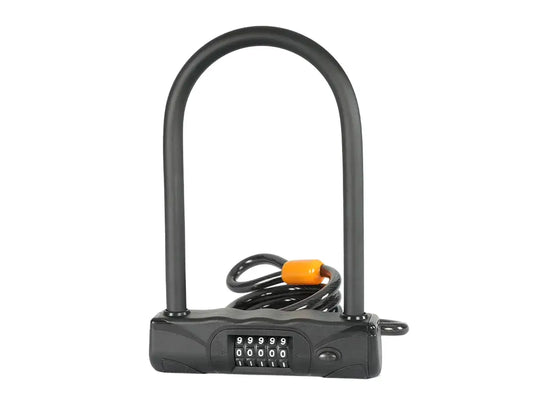

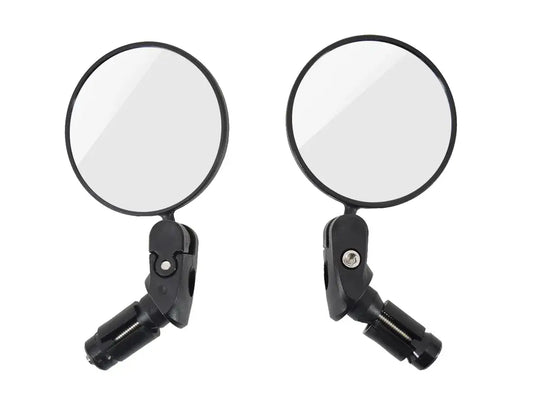





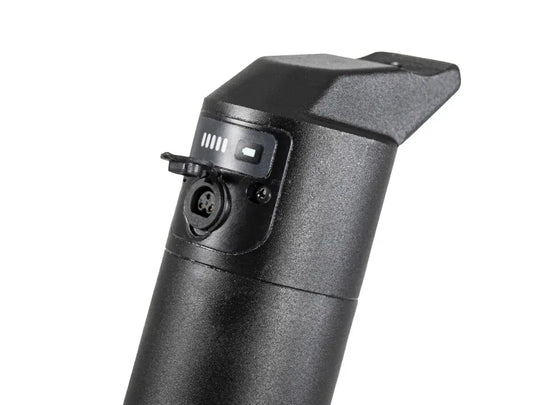

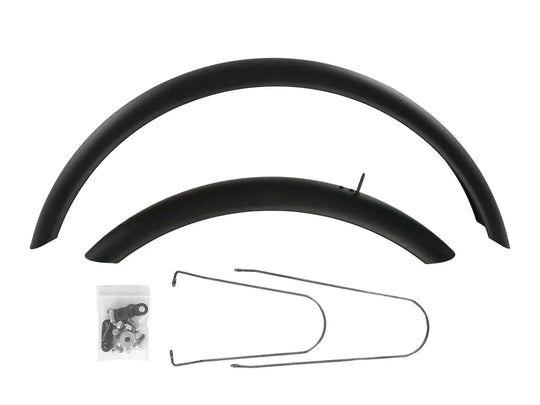
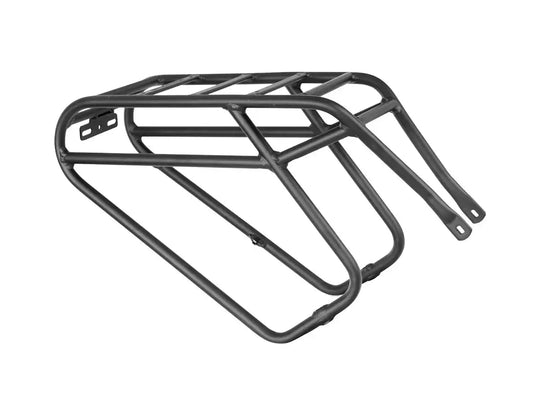
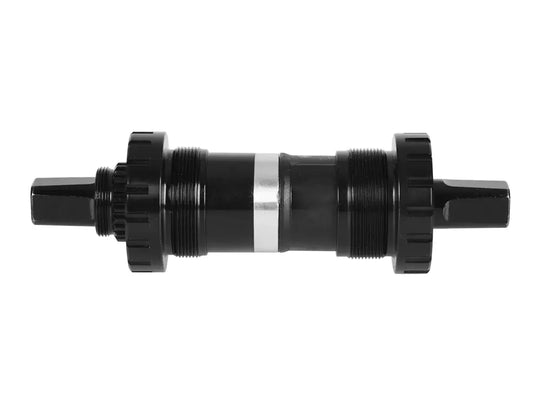
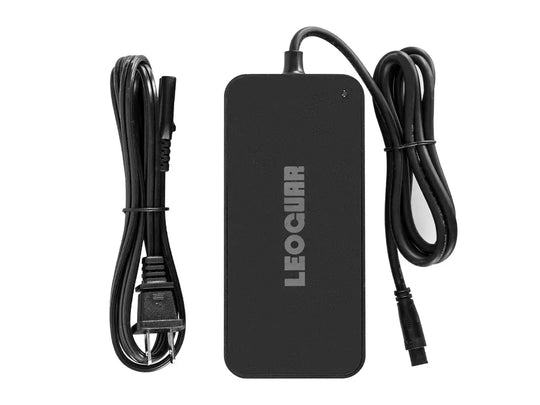
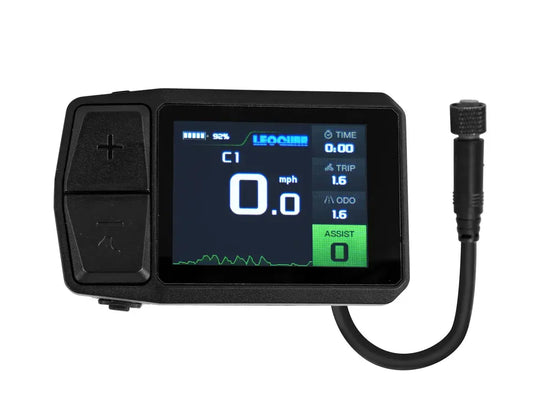









Leave a comment